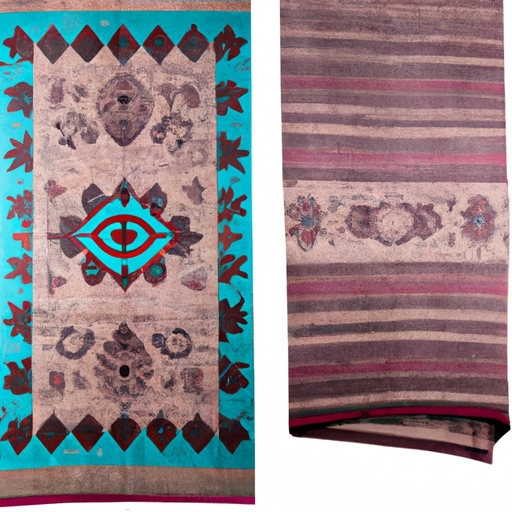
Navajo rug weaving community
Factors to consider when selecting a carpet or rug, such as size, material, and color
The history of Navajo rug weaving tradition is rich and deeply rooted in the cultural heritage of the Navajo people. For centuries, weaving has been a cherished art form among the Navajo community, passed down through generations as a way to preserve their traditions and tell their stories.
The tradition of Navajo rug weaving dates back to the early 18th century when the Spanish introduced sheep to the region, providing the Navajo people with a new source of wool for their intricate designs. Over time, Navajo weavers developed their own unique style characterized by bold geometric patterns and vibrant colors that reflect the natural beauty of their surroundings.
Navajo rugs are more than just decorative pieces; they hold spiritual significance and are often used in ceremonies and rituals within the community. Each rug tells a story or conveys a message through its design, with motifs representing elements of nature, animals, or traditional symbols.
Today, the art of Navajo rug weaving continues to thrive, with skilled artisans creating beautiful works that are highly sought after by collectors around the world. The tradition is kept alive through workshops and educational programs that teach young Navajo weavers about their cultural heritage and help them develop their skills in this ancient craft.
As we look to the future, it is important to honor and preserve the history of Navajo rug weaving tradition for future generations to enjoy and appreciate. By supporting these talented artists and learning about their unique cultural practices, we can ensure that this beautiful art form continues to flourish for years to come.